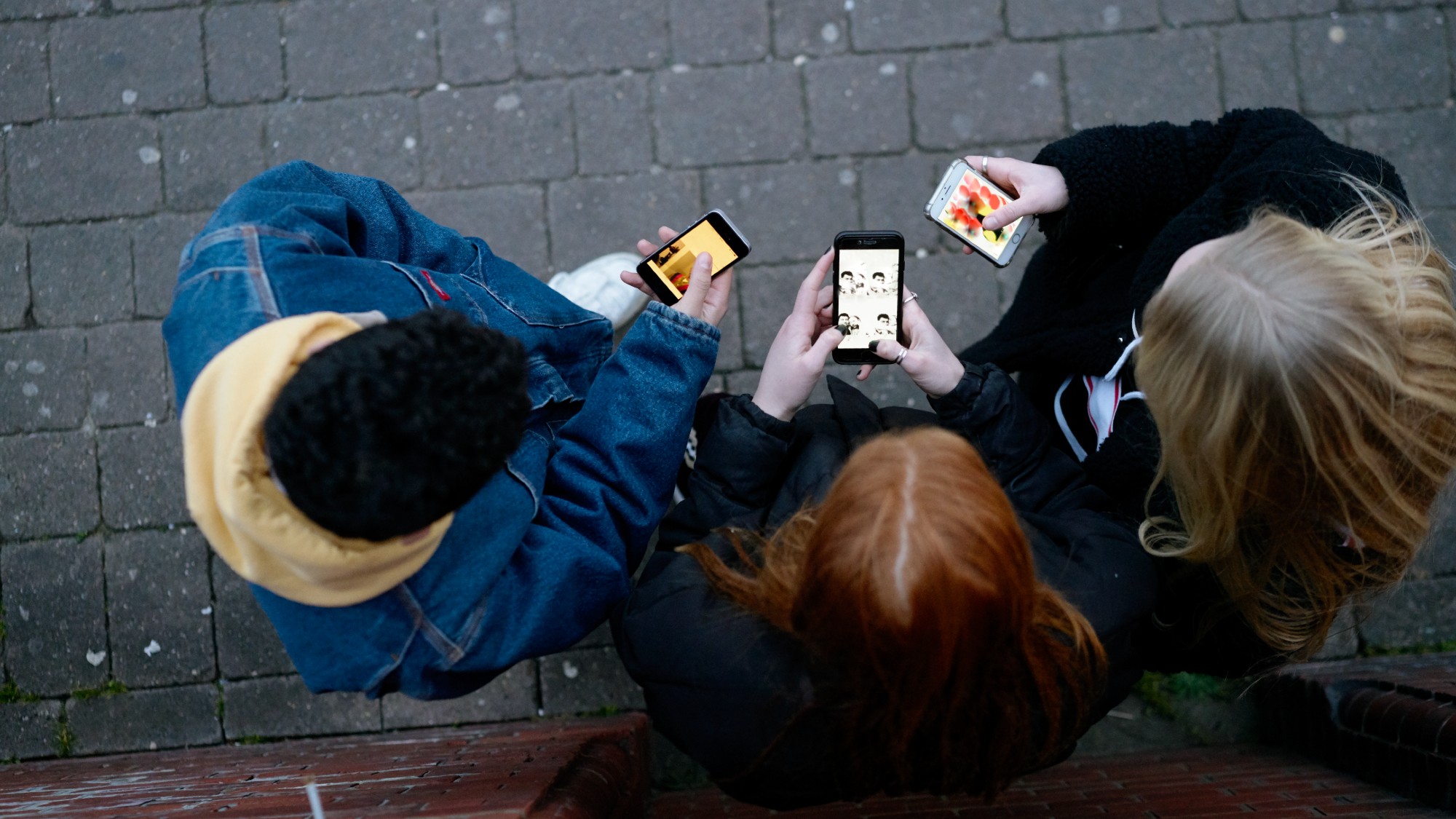Examining the Impact of Smartphone Bans in Schools: Do They Really Work?
Schools worldwide are increasingly implementing smartphone bans to combat classroom distractions and improve academic performance. As of 2024, countries like France, Italy, and parts of the U.S. have enforced strict policies, while others debate their efficacy. Proponents argue bans enhance focus, while critics claim they overlook educational benefits. This article investigates whether these policies deliver measurable results or create unintended consequences.
The Rise of Smartphone Bans in Education
Over the past decade, smartphone usage among students has skyrocketed, with 95% of U.S. teens owning a device, per Pew Research. In response, schools have adopted varying approaches:
- Complete bans: Devices prohibited on school grounds (e.g., France since 2018).
- Partial restrictions: Phones allowed only during breaks (common in U.K. schools).
- Locked pouches: Devices stored in magnetically sealed bags during class (pioneered by U.S. districts).
A 2023 UNESCO report highlighted that 1 in 4 countries now regulate smartphones in classrooms, citing concerns over declining test scores and cyberbullying. Dr. Linda Stone, a cognitive scientist at Harvard, notes, “The constant ping of notifications fragments attention spans. Schools banning phones often see immediate improvements in student engagement.”
Evidence of Academic and Social Benefits
Research suggests smartphone bans correlate with higher academic achievement. A 2024 study published in Educational Psychology Review analyzed 130 schools and found:
- Test scores rose by 6.4% post-ban, with low-performing students benefiting most.
- Classroom disciplinary incidents dropped by 14%.
In Norway, a 2022 policy led to a 20% reduction in bullying cases, as reported by the Nordic Journal of Education. Teachers also report fewer disruptions. “Students are more present—they’re actually talking to each other at lunch,” says Mark Reynolds, a high school teacher in Ontario.
Criticisms and Unintended Consequences
Opponents argue bans are impractical or inequitable. Some key concerns:
- Emergency communication: Parents worry about reaching children during crises.
- Digital literacy gaps: Critics say bans hinder tech-skills development.
- Enforcement challenges: A 2023 survey by the National Education Association found 42% of teachers spend class time policing phones.
Dr. Elena Martinez, a child psychologist, cautions, “Blanket bans ignore smartphones’ role in modern learning. Apps like Duolingo or Khan Academy can be powerful tools when used responsibly.” Alternative solutions, like “phone hotels” (temporary storage racks), aim to balance access and focus.
The Future of Smartphone Policies in Schools
As debates continue, hybrid models are gaining traction. Australia’s “Tech-Free Tuesdays” experiment, for instance, saw 73% of students self-reporting better concentration. Meanwhile, AI-driven monitoring apps that limit social media during school hours offer a middle ground.
Key next steps for policymakers include:
- Tailoring policies to age groups (e.g., stricter bans for elementary students).
- Investing in teacher training to integrate tech productively.
- Regularly evaluating ban efficacy with student feedback.
While smartphone bans show promise, their success hinges on implementation. For schools considering such policies, consulting educators, parents, and students is critical. Want to share your experience with phone policies in schools? Join the conversation using #ClassroomTechBalance.
See more TED Talks World



